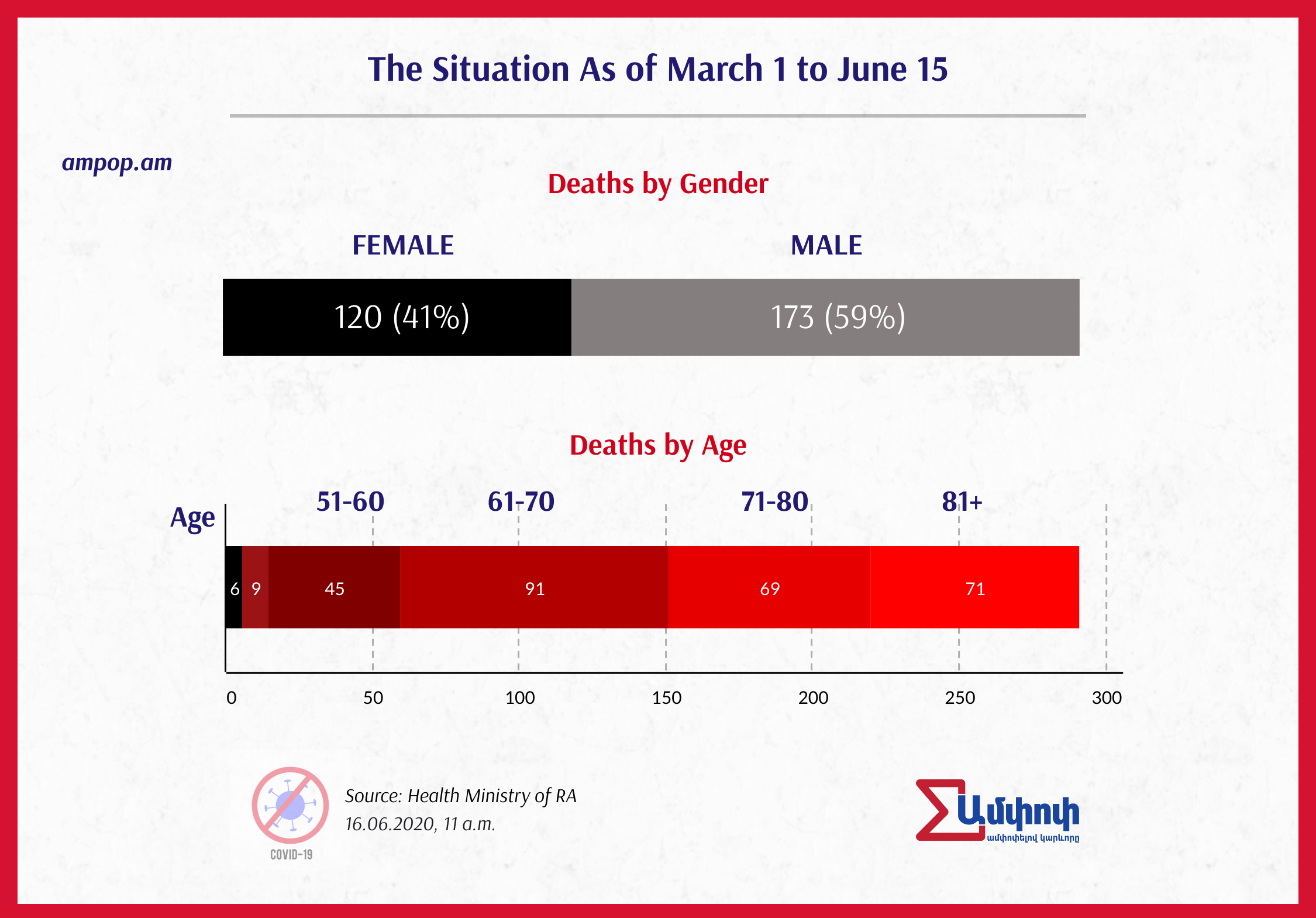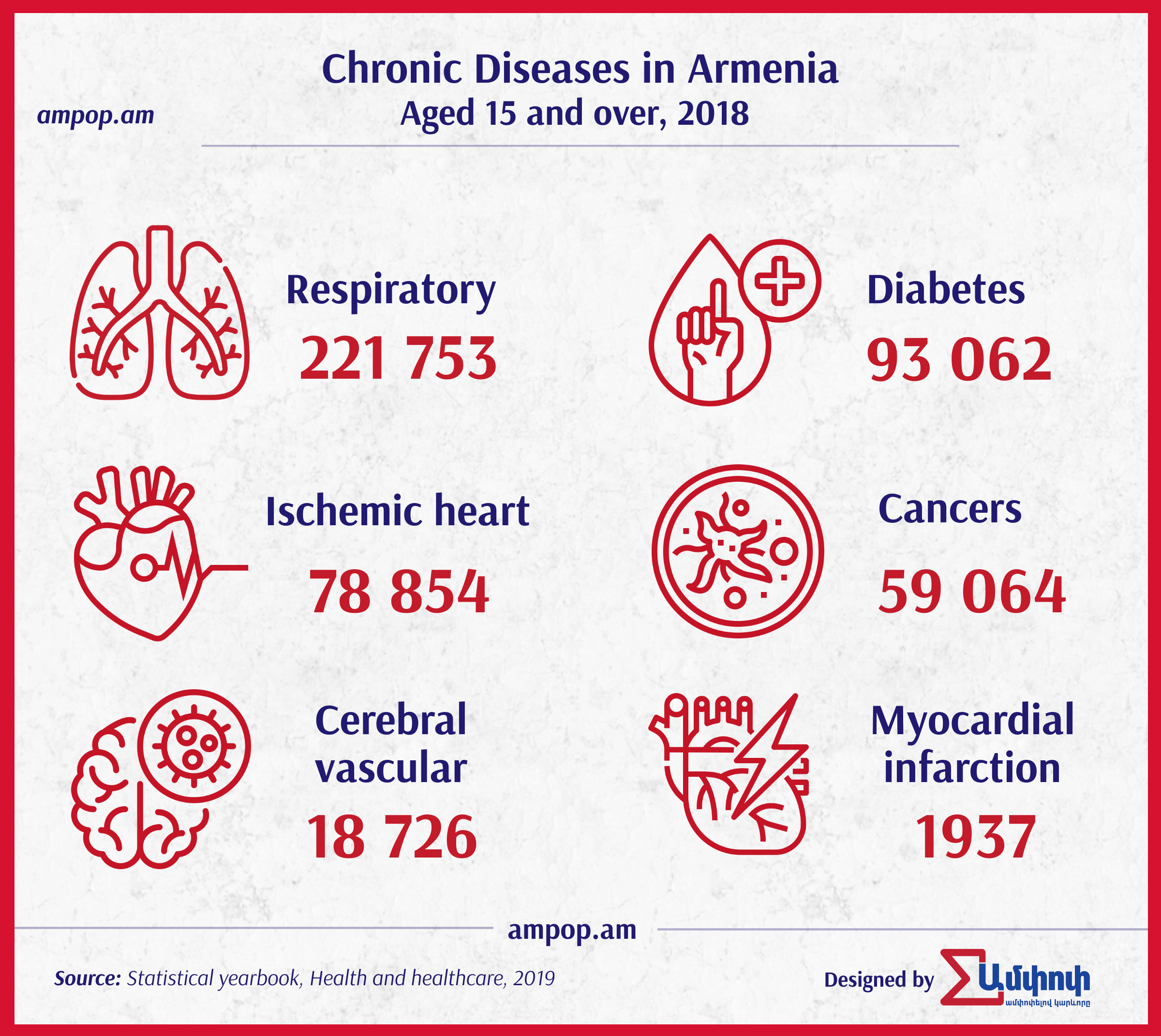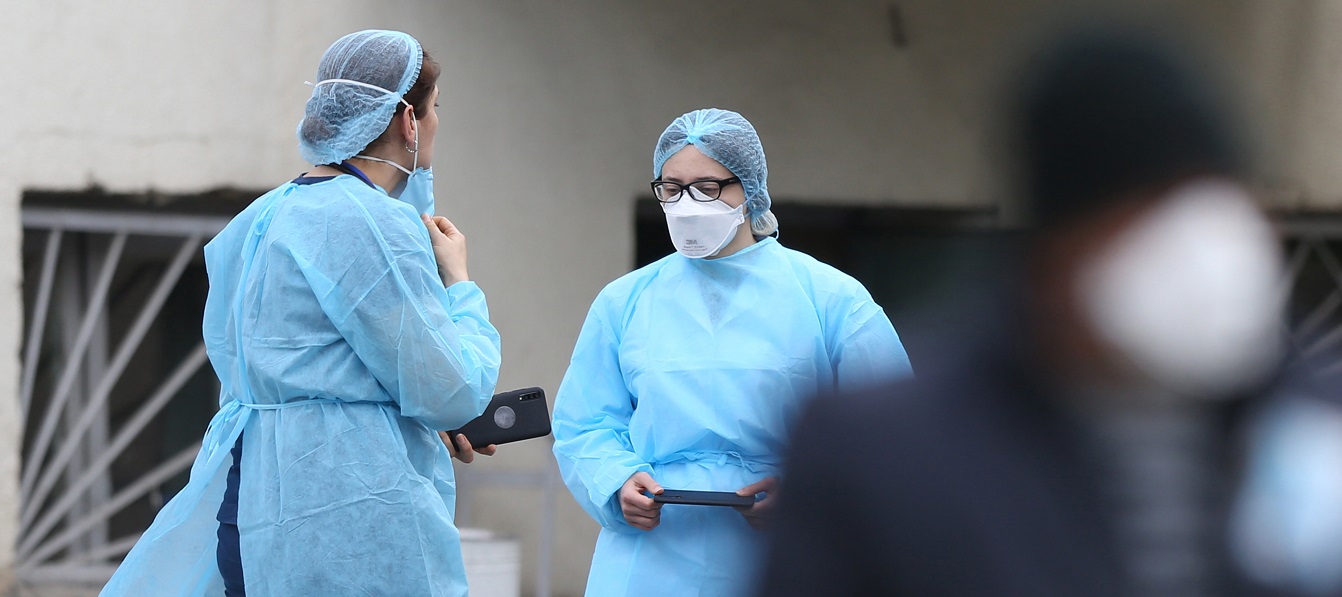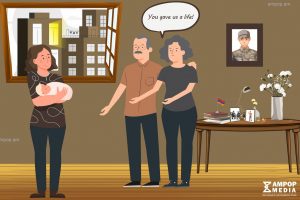Since mid-May, Armenia has been trying to return to regular life but about a week after the lifting of restrictions, a new wave of virus spread. The number of daily cases reached 500-700.
Shant Shekherdimian, a pediatric surgery at the Ronald Reagan UCLA Medical Center in US, said that in the case of Armenia, lifting of restrictions was inevitable. However, appropriate mechanisms should have been put in place to restrain the virus.
According to Dr. Shekherdimian, in order to slow down the spread of the pandemic, people’s behavior and level of discipline are extremely important. He says that he regularly has online discussions with his Armenian colleagues and assures that the methods of struggle against coronavirus implemented by Armenian doctors are adequate to the situation.
Shekherdimian is convinced that Armenian specialists are not inferior to foreign colleagues in their knowledge and experience but he does not share the same opinion on the behavior of the population.
According to the data of the Ministry of Health as of 16 June 97% of the 293 deaths from the new coronavirus in Armenia were people with chronic diseases. In the case of another 96 deaths, they were COVID positive but died of other diseases not related to coronavirus.

“The situation is the same everywhere. Mortality rate among chronically ill patients is high. For example, in the United States, in the state of New York, 80% of those in the intensive care unit die,” Shekherdimian says.
Among the most common chronic diseases among the population of Armenia are respiratory and cardiovascular diseases, cancers and diabetes.

In addition to those with chronic diseases, people over 65 are at high risk for the new coronavirus. As of January 1, 2019, the population aged 65 and over in Armenia comprised 12%, which is 5% higher than the threshold set by the United Nations Demographic Aging Scale.
The Grounds of High Percentage of Chronic Patients
In the prevention of chronic diseases, Shekherdimian attaches great importance to the primary health care system – the Institute of Family Medicine.
“The family physician has a great role in maintaining public health. He/she should monitor blood pressure, blood sugar levels, and try to encourage the patient to lead a healthy lifestyle,” he says.
In the last 2-3 weeks, Armenia has felt the need for a primary health care system more than ever.
Read also: Updating Charts: Covid-19 Situation in Armenia
Due to the overcrowding of the hospitals, the health condition of those infected with COVID-19, who were not hospitalized, should be kept under constant control by the family physicians.
Because the course of the disease is unpredictable in many cases, there is no guarantee that the patient’s symptoms will not worsen, so the preparation of these institutions is of vital importance. The posts made by the patients on the social networks prove that there is a lot to improve both in the professional and management levels.
The statistics of death cases due to COVID-19 in Armenia show that the the Institute of Family Medicine in our country is underdeveloped. Shekherdimian believes that this is also a matter of culture. First of all, trust in the family doctors and a culture of cooperation with them should be developed.
In Europe and in the United States, it is common practice to consult a family doctor if you have any health problems. Shekherdimian notes that people immediately go to the hospital in Armenia, seeking single-discipline specialist. He says that in countries where this institution works properly, the family physician tries to solve the problem first, and only if necessary, refers to the appropriate specialist.
As a result of his own observations, the American-Armenian doctor has made a number of follow-ups. First of all, it is impossible to develop the healthcare sector with the money allocated from the budget which has made 1.3-1.6% of the GDP in recent years. In his opinion, the narrow specialization and placement of hospitals are not expedient in terms of management.
Besides, the quality of medical services in Armenia is often associated with a new hospital, while the new building conditions, as he says, are not enough to provide quality service. The essential thing here is the ongoing self-education of the specialists and the mastering of professional nuances.
In this regard, the educational system – universities and colleges, has a lot to do. According to our interviewee, the knowledge that the future doctor receives at the university or in a secondary professional institution should be enriched during active practical training.
“The future doctor or medical worker needs to constantly self-educate in parallel with getting education, to strengthen the knowledge with practical experience. They should not be observers,” Dr. Shekherdimian is convinced.
Text by Lilit Poghosyan
Infographics by Karine Darbinyan and Gayane Meliqyan
More stories
#COVID19 #crisis
© The copyright of stories and visualizations on Ampop.am belongs to “Journalists for the Future” NGO. It is forbidden to use Ampop’s content and images without active hyperlinks to the source website. Uploading of infographics and images of Ampop.am is possible only in case of an agreement reached with JFF.
Փորձագետի կարծիք
First Published: 16/06/2020









